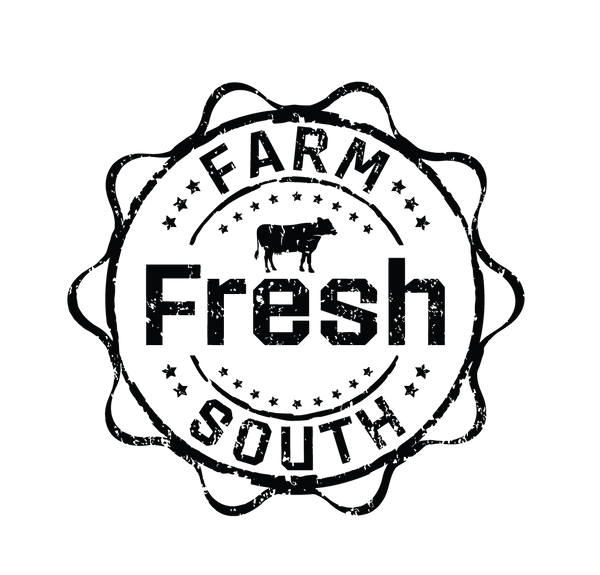Raw Milk. Real Milk.
Share
We have 400+ customers that are saying unprocessed, raw milk is the way to go.
They say it tastes better, is better for their health, and is better for the planet.
What is “raw” milk? It’s milk that hasn’t been processed or heat treated (pasteurised) in any way. Nothing added, nothing taken away – just milk.
So why use raw milk over normal “shop” milk?
To answer that we need to ask the question, “Why pasteurise milk?”
Let’s be clear, for mass produced and mass distributed dairy products, pasteurisation is essential. It’s the process of heating milk to a specified temperature for a specified time to kill harmful bacteria.
Not that many decades ago raw milk was all anyone ever had. What changed?
People used to either have their own cow/s or live very close to where their milk was produced. The milk was consumed quickly after being made.
Then the industrial revolution came along. Urban centres grew and people lived further and further away from their farmer. Milk was transported unrefrigerated. Sometimes there would be more than 2 days before the milk was consumed.
If milk isn’t produced and handled correctly it is a great carrier of bacteria. You know what happened. Many people started getting sick because of poor hygiene and distribution practices.
That’s when pasteurisation became widespread to ensure that dairy companies could distribute their product far and wide safely while not being refrigerated. Problem solved!
Or was it?
The thing is, milk is a living food, full of good and beneficial bacteria, enzymes and nutrients. When it’s pasteurised, these good bacteria and enzymes are killed also. Its characteristics are altered.
On top of that, nowadays, most milk is taken apart at the factory so the higher value components can be sold separately and then put back together at the minimum standard that can be called “milk”. They call it standardisation but we’re know what’s really going on. It should carry a label “milk like substance”.
So how do we ensure our raw milk is safe?
In a nutshell, we make sure that the harmful bacteria don’t get into the milk in the first place through the highest hygiene standards, top procedures and healthy happy cows. The cow’s udder is handwashed, sanitised, and dried before being milked.
We use modern stainless-steel milking equipment that is easy to keep clean and we keep the milk refrigerated until it gets to you.
We’re certified by MPI to sell raw milk and regularly send samples away to the lab to make sure we’re producing a safe milk. Feel free to ask to see our lab results anytime. Just so you know, if we fail certain food safety criteria we get shut down until we can prove we’re safe. That’s how careful we need to be.
All this so you can enjoy the superior taste and quality of real milk that we enjoy everyday and love sharing with others.
As part of being certified by MPI we need to include this statement in advertising:
Raw milk may contain harmful microorganisms that can cause serious illness. To reduce the risk of illness, raw milk should be heated to at least 70 °C for one minute. This is critical for infants, young children, the elderly, pregnant women, and people with weakened immune systems.
If you have any questions, don’t hesitate to get in touch. You can rest assured that producing the highest quality raw milk is our passion and we take it very seriously.
Around here we say, “Once you go raw, you’ll come back for more!”
You’ll be kicking yourself that you’ve settled for an inferior product for so long.
Try it, you’ll be pleasantly surprised.

1 comment
It looks like you aren’t allowed to say wether or not the milk should actually be heated. Do you personally, or know anyone that drinks the milk without heating it to 70 degrees? I feel like that defeats the purpose of raw milk. Thanks